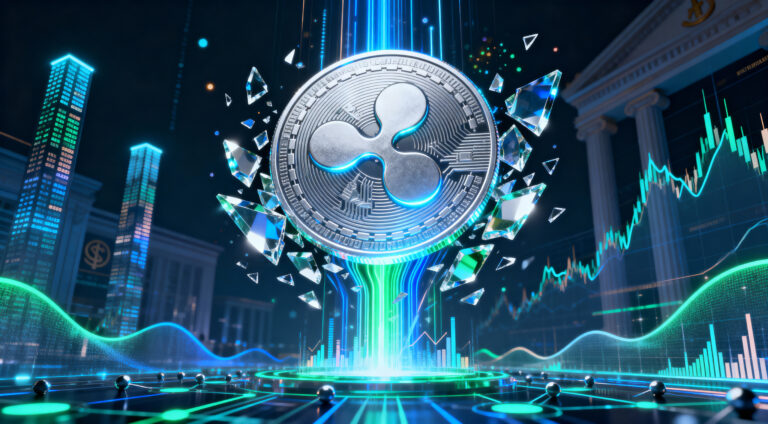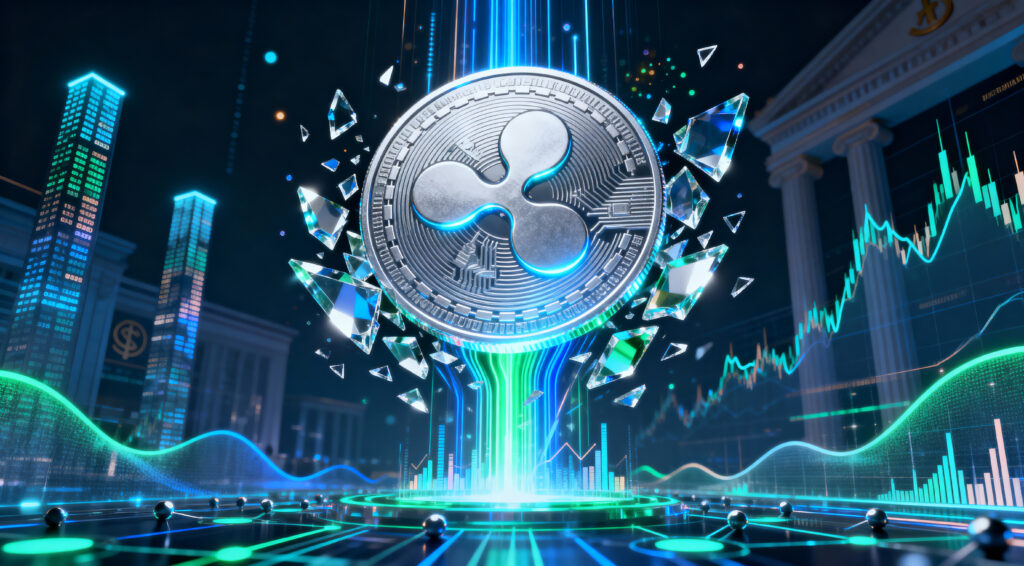The rising tensions regarding possible tariffs on US semiconductor technology are the primary reason for Samsung Electronics’ recently announced increase in prices for DRAM and NAND flash memory chips. Under the shadow of the trade war initiated by U.S. President Donald Trump, many analysts speculate this could significantly disrupt the globally integrated technology supply chain.
Semiconductor tariffs are at this point absent from the first phase of new tariffs; however, many analysts fear the “specialized trade barriers” could be imposed on these crucial components at some point in the future. Many customers of semiconductors are already starting to stockpile, which is driving demand and therefore prices.
The ripple effects from volatile trade policies combined with uncertain market conditions have pushed major memory producers like Micron Technology to follow Samsung Electronics’ lead in implementing pricier memory chips. This tactic attempts to offset market forces of supply and demand that dominate the industry.
Oversupply and Competition from Chinese Manufacturers: Balancing Forces
The memory chip industry has faced an oversupply problem exacerbated by the influx of aging chips manufactured in China at a lower price. While this posed a challenge for the memory suppliers, the demand for high-performance chips was buoyed due to the rapid growth of AI technology, which balanced the market.
AI’s Unquenchable Thirst: High-Performance Chip Needs Fuel Surge
The growing need for artificial intelligence applications requires high-powered chips and adds additional load on supply chains while impacting global price dynamics. As more industries adopt AI technology, the need for these chip types will remain high.
Memory Prices: A Strong Future Candidate
Analysts project the second half of the year may see additional pricing for semiconductors set during that time due to targeted US tariffs on the components. Coupled with strained supply produced by memory manufacturers curtailing artificial oversupply aimed at addressing the industry-controlled shortage, a perfect storm evolved that would raise prices further.
Semiconductors and Their Parts
The semiconductor market is faced with increasing challenges such as conflicts, political issues, natural monopolies, or even monopoly-like competition. In particular, the Chinese threat caused by the oversupply is developing along with the market’s own obstacles, such as the AI-led chip demand boom (oversupply problem) and increasing international trade, almost at the same time. Most importantly, the prices of new technologies are dependent on the growing demand and market behavior. Semiconductors, more than any other, can depend on the specific factors of demand and supply.















